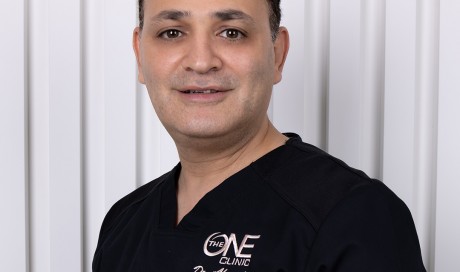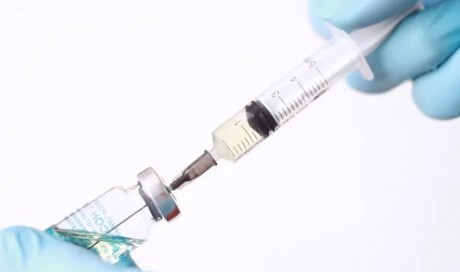Very good sources of nonheme iron, with 3.5 milligrams or more per serving, include:
- Breakfast cereals enriched with iron
- One cup of cooked beans
- One-half cup of tofu
- 1 ounce of pumpkin, sesame, or squash seeds
Good sources of nonheme iron, with 2.1 milligrams or more per serving, include:
- One-half cup of canned lima beans, red kidney beans, or chickpeas
- One cup of dried apricots
- One medium baked potato
- One cup of cooked enriched egg noodles
- One-fourth cup of wheat germ
Other sources of nonheme iron, with 0.7 milligrams or more, include:
- One-half cup of cooked split peas
- 1 ounce of peanuts, pecans, walnuts, pistachios, roasted almonds, roasted cashews, or sunflower seeds
- One-half cup of dried seedless raisins, peaches, or prunes
- One medium stalk of broccoli
- One cup of raw spinach
- One cup of pasta (cooked, it becomes 3-4 cups)
- One slice of bread, half of a small pumpernickel bagel, or bran muffin
- One cup of brown or enriched rice
How to Get More Iron From Your Food
Some foods can help your body absorb iron from iron-rich foods; others can hinder it. To absorb the most iron from the foods you eat, avoid drinking coffee or tea or consuming calcium-rich foods or drinks with meals containing iron-rich foods. To improve your absorption of iron, eat it along with a good source of vitamin C -- such as orange juice, broccoli, or strawberries -- or eat nonheme iron foods with a food from the meat, fish, and poultry group.
If you have trouble getting enough iron from food sources, you may need an iron supplement. But speak to your health care provider about the proper dosage first and follow his or her instructions carefully. Because very little iron is excreted from the body, iron can accumulate in body tissues and organs when the normal storage sites -- the liver, spleen, and bone marrow -- are full. Although iron toxicity from food sources is rare, deadly overdoses are possible with supplements.
Share This Post














